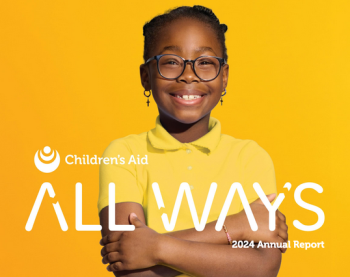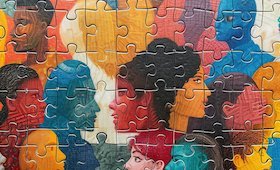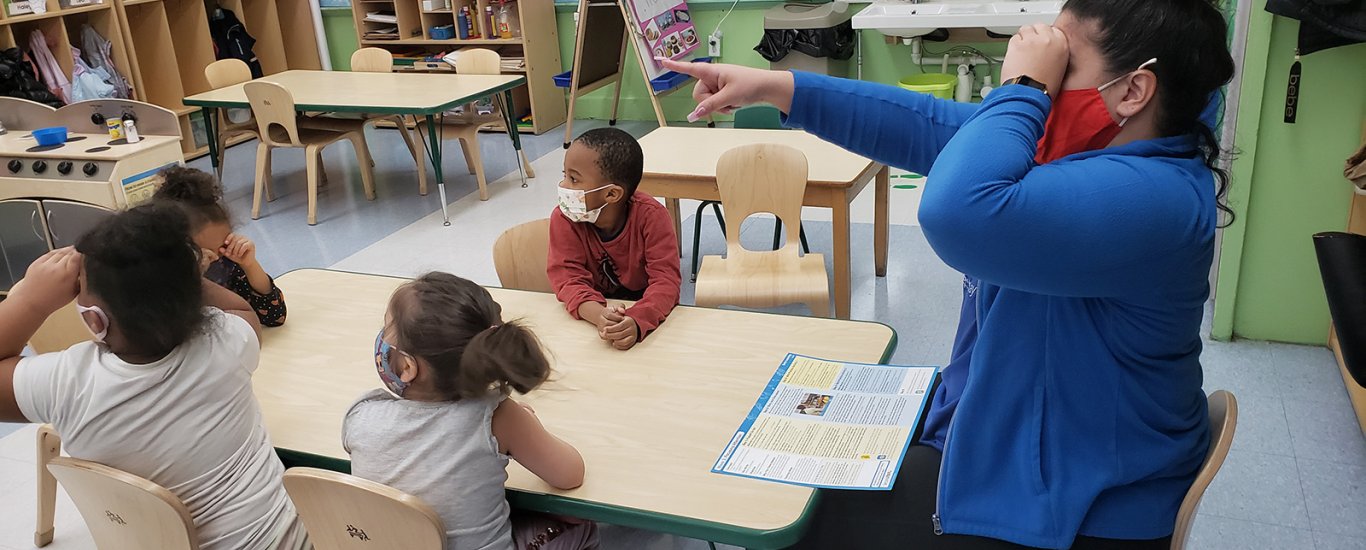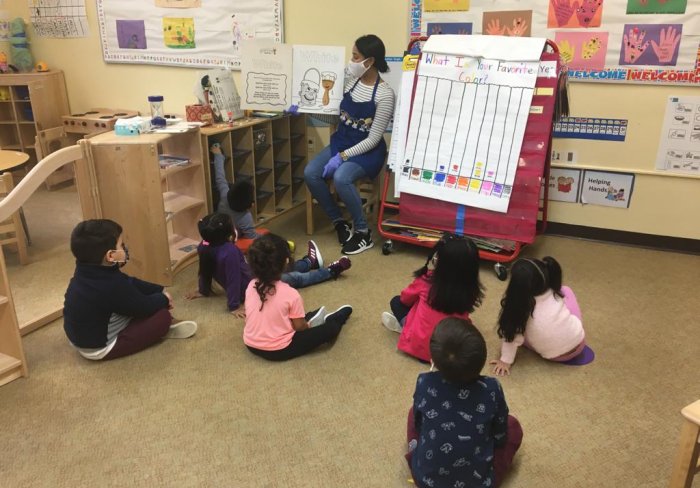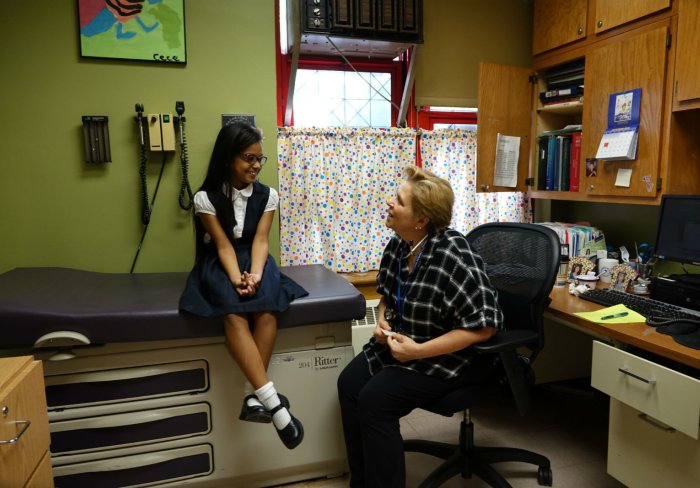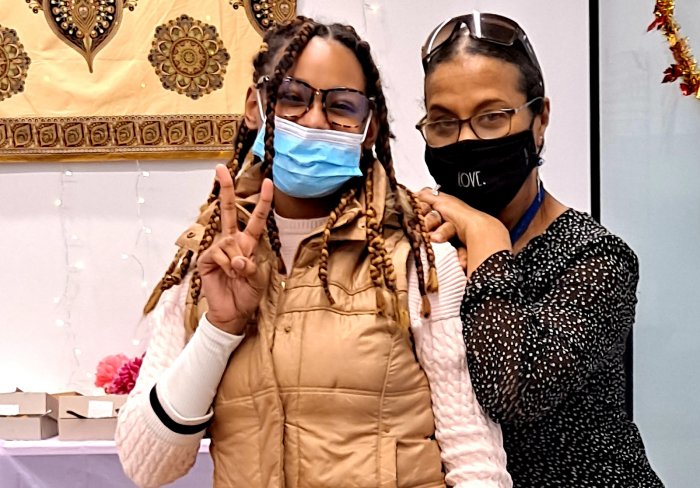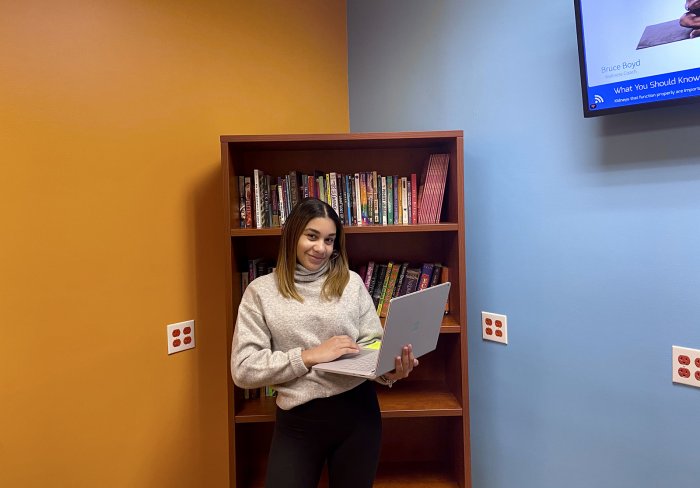Elyse Alvarado-Rosado (pictured above) was in upstate New York last March when she first heard the news. A teacher at Taft Early Childhood Center and the mother of four children, Elyse learned that her own kids’ schools were closing because of the coronavirus. Moments later, her own school administrator called with the news that Taft would be transitioning to remote learning, too.
Elyse extended that family visit to her mother’s house from a weekend to a long-term stay. “At first, we thought it was only going to be two weeks,” she said. “Then two weeks turned into the rest of the year.”
Elyse remembers the first months of the pandemic as an almost impossible balancing act. She had to figure out how to conduct her pre-K classes online, how to help her own kids adjust to remote learning, and how she and her husband would manage their household responsibilities with both of them now working remotely.
“All we could do was tag-team everything,” Elyse said. “My husband would be helping one child, and I’d help another child. It was just one thing after another, and we did our best to keep up.”
Soon, Elyse and her family settled into a rhythm, and so too did her classroom. All across the country, and all across our communities, teachers like Elyse have worked overtime to mitigate any lasting learning losses from this devastating global health crisis. They have risked their own health and safety to ensure that their students could still succeed and thrive.
